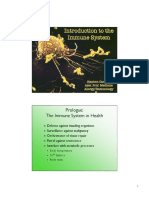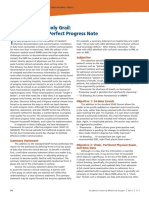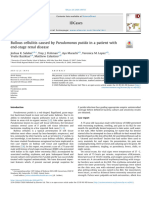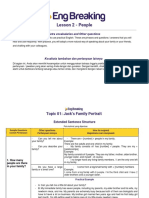0% found this document useful (0 votes)
19 views14 pagesImmune System Strength Prediction Using ML
This document discusses a novel approach to predicting immune system strength using machine learning techniques, which can aid healthcare practitioners in personalizing treatment plans. It outlines the immune system's structure, the role of various immune cells, and the potential of machine learning to analyze immunological data for early disease detection and targeted therapies. The proposed model aims to enhance healthcare by identifying individuals at risk for immune-related disorders and optimizing treatment strategies.
Uploaded by
nanikartik13Copyright
© © All Rights Reserved
We take content rights seriously. If you suspect this is your content, claim it here.
Available Formats
Download as PDF, TXT or read online on Scribd
0% found this document useful (0 votes)
19 views14 pagesImmune System Strength Prediction Using ML
This document discusses a novel approach to predicting immune system strength using machine learning techniques, which can aid healthcare practitioners in personalizing treatment plans. It outlines the immune system's structure, the role of various immune cells, and the potential of machine learning to analyze immunological data for early disease detection and targeted therapies. The proposed model aims to enhance healthcare by identifying individuals at risk for immune-related disorders and optimizing treatment strategies.
Uploaded by
nanikartik13Copyright
© © All Rights Reserved
We take content rights seriously. If you suspect this is your content, claim it here.
Available Formats
Download as PDF, TXT or read online on Scribd
/ 14























































































